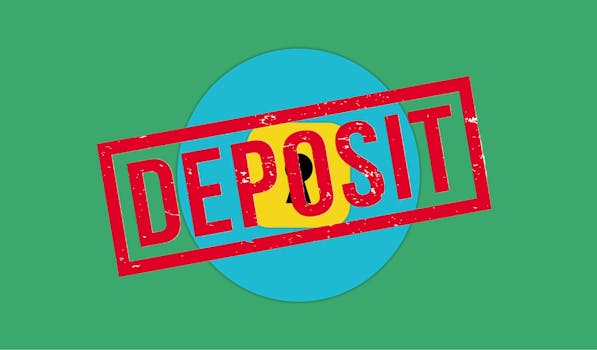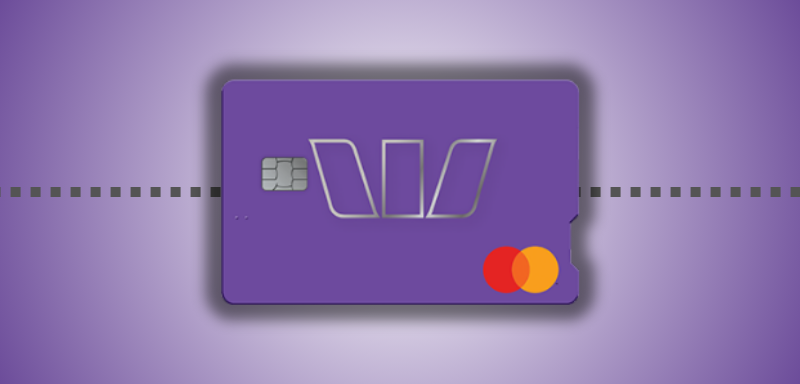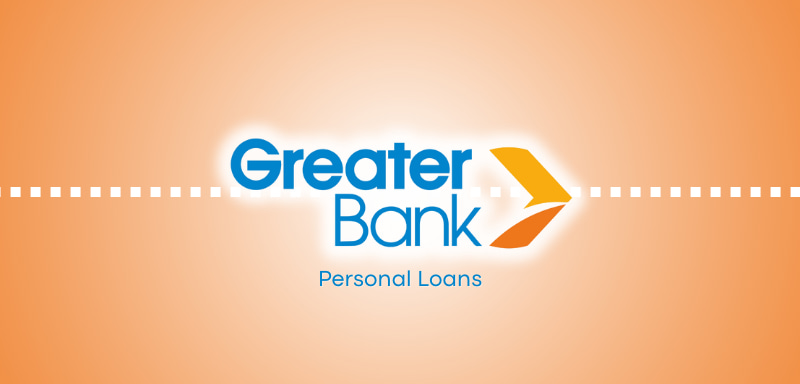Small Business Financing
Merchant Cash Advances: Pros, Cons, and Risks
Explore the real pros, cons, and risks of merchant cash advances. Find clear strategies, bullet lists, and practical tips to decide if this financing fits your business goals.
Advertisement

Every business owner recognizes those moments where quick access to capital could make all the difference in handling opportunities or challenges. The phrase merchant cash advances sparks curiosity for anyone considering alternative financing approaches.
Understanding cash flow solutions beyond the traditional loan market matters if your business faces seasonal dips or unpredictable expenses. Merchant cash advances provide a unique path—different from bank loans or lines of credit—with their own advantages and drawbacks.
Join us as we unravel how merchant cash advances work, sort their pros and cons, and clarify their unique risks. You’ll come away ready to decide if this route fits your financial goals and daily operations.
Understanding Merchant Cash Advances in Daily Business Practice
When you explore merchant cash advances, you unlock a fast way to inject cash into your business—sometimes in just days. This section details the mechanics so you’ll know what to expect before you apply.
Merchant cash advances don’t function as conventional loans. Instead, providers advance a lump sum, which you repay from a set percentage of future credit and debit card sales. The significance is immediate: repayment aligns with your business’s revenue patterns, not fixed monthly schedules.
Merchant Cash Advances Versus Traditional Loans
Unlike small business loans, merchant cash advances prioritize sales volume over credit scores. Lenders evaluate your recent card sales and transaction consistency, making it easier to qualify despite a shaky credit history.
Traditional loans come with structured payments—monthly sums you must meet whether business is booming or slow. Merchant cash advances, however, flex to your income, providing relief when sales drop.
This flexibility comes at a cost, though. While small business loans have clear interest rates, merchant cash advances use a factor rate, which can make the true cost harder to gauge at a glance.
Funding Timeline and Application Steps
Speed is a key appeal of merchant cash advances. Business owners sometimes receive funds within 24 to 48 hours after approval. The process rarely requires collateral or complex paperwork.
Applying typically means sharing your recent card statements, business bank account info, and a copy of your ID. Lenders mostly focus on your daily transactions, not total assets or full business plans.
Receiving the advance isn’t the last step—the repayment automatically withdraws from each card sale, making the process nearly invisible once set up, but requiring diligent sales tracking.
| Feature | Merchant Cash Advance | Traditional Business Loan | Takeaway |
|---|---|---|---|
| Approval Time | 1-3 Days | 2-6 Weeks | Use merchant cash advances for urgent needs |
| Repayment Structure | Percentage of Sales | Fixed Monthly Payments | Choose MCAs for variable revenue cycles |
| Credit Score Emphasis | Low | High | MCAs suit low-score businesses |
| Cost Transparency | Factor Rate | APR | Loans are easier to compare directly |
| Collateral Requirement | Rarely Required | Usually Required | MCAs fit asset-light businesses |
Determining Repayment Impact
Repaying via daily card sales means cash advances respond to your business flows. High-volume weeks pay the advance down faster, while slow weeks reduce the withdrawals, minimizing cash crunches.
This system appeals if your business has fluctuating sales, such as a downtown boutique or seasonal café. However, it can make outstanding balances hard to track—dedicating some time to forecasting is wise before you commit.
To decide if this fits, picture your busiest month and quietest. Would automatic deductions disrupt payroll, rent, or ordering supplies? Run those numbers to spot risks before signing.
Evaluating Cash Flow Pressures
Monitoring your bank statements becomes more crucial than ever when using merchant cash advances. Automated repayments might reduce stress—until an unexpectedly slow period leaves too little cash on hand.
The analogy of a car running on “pay-per-mile” gas fits: flexible when driving is steady, but jarring if you detour into long, low-revenue stretches. Always factor in a margin for these leaner times.
If you’re accustomed to a static monthly budget, plan for more granular cash management—reviewing weekly, or even daily, inflows and outflows helps you spot trends and stay in control.
Identifying Advantages and Drawbacks Before You Sign
Assessing the real-life pros and cons of merchant cash advances enables practical decision-making. You’ll avoid common surprises and better align this option with your business objectives after you’ve considered this break down.
MCAs stand out for sheer speed and minimal credit requirements, but their distinctive fee structures and effects on cash flow mean you must weigh both sides clearly. Here are actionable criteria for your consideration.
Spotting the Major Advantages
Merchant cash advances exist to serve a business’s urgent financial needs when bank loans are too slow or restrictive. Know the standout benefits, so you can leverage them wisely in the right context.
- Secure capital within days, providing urgent funds for repairs, rush orders, or inventory restock. Act quickly when opportunity knocks; MCAs make speed a top asset in business growth or crisis.
- Qualify with lower credit scores or short operating history. MCAs give newly established businesses or those rebuilding after a setback a real, actionable path to vital working capital.
- Skip collateral requirements and lengthy appraisals. This reduces risk for asset-light businesses, such as software consultancies or food trucks, where traditional loans demand property or equipment as backing.
- Repay based on sales, not fixed bills. The flexible schedule matches revenue flow, avoiding pressure during low seasons—a key relief for those in retail, hospitality, or events.
- Preserve business ownership and control. MCAs don’t ask for equity or influence over daily decisions, letting you steer your business even while receiving a cash injection.
With these positives in mind, merchant cash advances can transform how certain entrepreneurs seize their next chance, if used with clear expectations and planning.
Recognizing the Significant Drawbacks
It’s essential to balance those benefits against drawbacks—especially the true cost, possible confusion around repayment, and impact on long-term cash flow habits.
- Pay higher fees and factor rates than traditional loans. Understand the real annualized cost; fees can quickly mount, making the capital substantially pricier than bank products.
- Experience unpredictable daily cash outflows. When sales dive, the advance still chips away at your merchant revenue, placing essential bills at risk. Monitor trends weekly for early warning signs.
- Lack standard consumer protections and clear regulation. This leads to fewer safeguards if you dispute a charge or need to reorganize your agreement later down the road.
- Face difficulties obtaining other credit while repaying an advance. Lenders view outstanding MCAs as liabilities, which limits your future options for expansion or refinancing.
- Encounter confusing contract language, especially regarding fees, termination, or collections. Demand itemized disclosures; ask direct questions about penalties and all-in repayment totals before signing anything.
Each drawback challenges the part of your business most vulnerable: its working capital runway. Balance each benefit against these realities before you commit to merchant cash advances for short-term liquidity needs.
Clarifying Key Terms in Merchant Cash Advance Agreements
Peeling back complex agreements protects your business from surprise costs and confusion. This section demystifies common contract terms, helping you negotiate or compare offers more confidently.
Providers may use unique language or structure their terms differently—don’t hesitate to ask, “What exactly does this mean for my daily operations and total repayment?” Clarity now saves financial headaches later.
Decoding Factor Rates and Holdbacks
Factor rates, not APRs, set the price of merchant cash advances. A factor rate (say, 1.3) means repaying $13,000 on a $10,000 advance, regardless of how quickly you pay it off.
Holdback percentages—the fraction of each card sale repaid—vary by provider. A typical example: a lender takes a daily 15 percent cut until you’ve paid off their advance, regardless of the sales amount.
Compare both numbers. While a low factor rate seems attractive, a high holdback drains your daily operating cash. Matching the numbers to your sales volume provides levity in decision making.
Reading Renewal and Prepayment Terms
Renewal clauses allow lenders to automatically extend new advances as you repay the current one, sometimes without explicit re-approval. While convenient, this can trap you in a cycle of debt if you’re only covering old obligations.
Prepayment policies rarely reward speed. Unlike standard loans, early MCA repayment doesn’t always save you money since fees are calculated upfront. Factor prepayment flexibility into your math if you anticipate a windfall.
Nudge providers for a full amortization breakdown if terms feel unclear. Details on stacking fees or escalating charges help you compare merchant cash advances transparently across lenders.
Preparing for Long-Term Impacts on Cash Flow and Lending
Understanding merchant cash advances’ influence on your financial health means tracking both immediate and lasting effects. Adopting this lens supports wise business planning as you weigh this funding option.
The structural impact of MCAs isn’t limited to this month’s snapshot. Consider operational ripple effects—on staffing, future loan eligibility, and your business’s ability to weather unexpected storms.
Planning for Ongoing Working Capital Management
Merchant cash advances alter your cash flow rhythm, sometimes reducing your ability to build cushions for taxes or insurance. Recognize new patterns early and adjust spending habits accordingly.
Conduct weekly cash flow reviews and update forecasts with merchant cash advance repayments embedded. This proactive practice keeps you prepared for seasonal fluctuations and preserves your core operations.
Identify critical expenses—payroll, rent, and inventory—and schedule payments around peak sales. This touchpoint streamlines short-term obligations and minimizes urgent financial surprises for your business.
Addressing Repeated Use and Cumulative Debt
Serial MCAs stack fees, gradually siphoning business momentum. If you find yourself in a pattern of frequent advances, pause and conduct a cost analysis versus other financing sources available to you.
Engage outside advisors (such as accountants or peer entrepreneurs) to review your debt position every few advances. A neutral audit keeps your long-term business health at the forefront of funding decisions.
Uncover root causes requiring repeated cash injections—lagging receivables, inefficient inventory, or untapped revenue streams—and address them systematically for lasting profitability and funding independence.
Balancing Merchant Cash Advances with Responsible Financial Planning
Merchant cash advances offer vital, rapid liquidity, but carry higher costs and complexities than most traditional financing. Weighing all pros, cons, and unique risks gives you the leverage to use them smartly and sparingly.
Your awareness of contract terms, the impact on day-to-day cash flow, and the potential for stacking debt cultivates a healthier funding strategy. This attention lets you leverage funding without eroding your business’s resilience or profitability.
The wisest use of merchant cash advances comes through thoughtful intent: use them to seize time-sensitive growth opportunities, not patch chronic cash flow gaps. That choice supports your business’s stability and growth with every decision ahead.
Trending Topics

Westpac Lite Mastercard® review: The Perfect Low-Fee Credit Card Solution
Learn how the Westpac Lite Mastercard® can help you manage your money better with low fees. Ideal for budget-savvy Australians.
Keep ReadingYou may also like

Greater Bank Unsecured Personal Loan review: No monthly fees!
Get the facts on the Greater Bank Unsecured Personal Loan. A no-collateral option with quick approvals—learn if it’s right for you.
Keep Reading
Australia’s Life Insurance Guide: Policies, Providers, and Tips
Find out how life insurance policies work in Australia. Compare benefits, drawbacks, and providers to make smarter choices.
Keep Reading